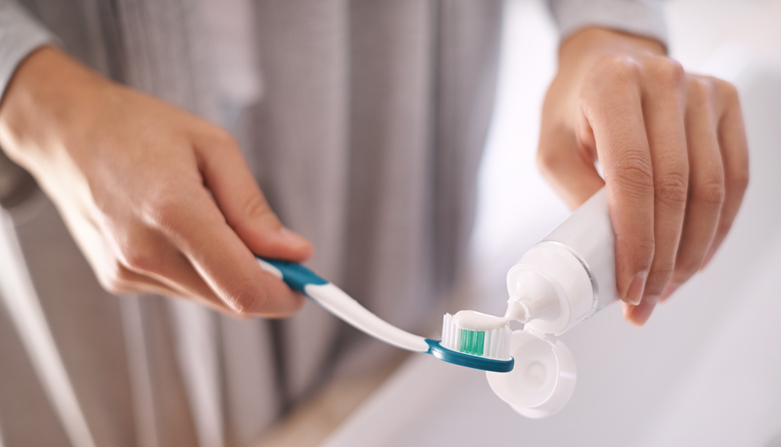
Did you know that nearly half of adults over the age of 30 have some form of gum disease? This startling statistic underscores the importance of maintaining good oral hygiene. While brushing and flossing are the cornerstones of a healthy smile, the tools you use can make a significant difference in your overall dental health.
Choosing the right toothbrush and toothpaste isn’t just about comfort or flavor; it’s about ensuring your teeth and gums are getting the best care possible. The right tools can help prevent cavities, reduce plaque, and avoid gum disease, contributing to your overall health and well-being. With so many options available, selecting the right products can feel overwhelming, but it’s a crucial step in maintaining optimal oral health.
Today, we will guide you through the process of choosing the right toothbrush and toothpaste for your needs. You will learn how to assess your dental needs, understand the different types of toothbrushes and toothpaste available, and get tips for maintaining excellent oral hygiene. By the end, you’ll be equipped with the knowledge to make informed decisions for your dental care.
Understanding Your Dental Needs
Factors to Consider
When selecting a toothbrush and toothpaste, it’s essential to consider your specific dental needs. Age is a significant factor – children, adults, and seniors have different dental requirements. For instance, children’s toothbrushes often feature smaller heads and softer bristles to accommodate their smaller mouths and delicate gums. On the other hand, seniors might need toothbrushes with ergonomic handles for better grip and toothpaste with fluoride to strengthen their teeth.
If you have specific dental issues such as sensitivity, braces, or gum disease, these factors will influence your choice. Sensitive teeth may require a soft-bristled toothbrush and toothpaste formulated to reduce sensitivity. Those with braces need toothbrushes designed to clean around brackets and wires effectively. Personal preferences, such as flavor and texture, also play a role in your decision.
Consulting with Your Dentist
Consulting with Dr. Taylor and our team at North Royalton Family Dental is one of the best ways to determine the right products for your oral health. A professional assessment can provide insights into your unique dental needs, helping you choose products that offer the best care. Regular dental checkups allow us to monitor your oral health and make personalized recommendations based on your evolving needs.
Self-Assessment Tips
While professional advice is invaluable, there are also steps you can take to evaluate your own dental needs. Consider your brushing habits, any discomfort you experience while brushing, and specific issues like bleeding gums or tooth sensitivity. Pay attention to your diet and lifestyle, as these can impact your oral health. Reflecting on these factors can give you a better understanding of what to look for in your toothbrush and toothpaste.
Choosing the Right Toothbrush
Types of Toothbrushes
Toothbrushes come in various types, and understanding the differences can help you make the best choice. The two main categories are manual and electric toothbrushes. Manual toothbrushes are cost-effective and easy to use, but they require proper technique to be effective. Electric toothbrushes, while more expensive, often come with features like timers and multiple brushing modes that can enhance your brushing experience and effectiveness.
When it comes to bristles, you’ll find options ranging from soft to hard. For most people, a soft-bristled toothbrush is recommended as it is gentle on the gums and effective at removing plaque. Hard bristles can be abrasive and may cause gum recession and enamel wear if used too aggressively.
Features to Look For
When choosing a toothbrush, look for features that will enhance your brushing experience and effectiveness. The bristle type is crucial; as mentioned, soft bristles are generally the best choice. The head size should be small enough to reach all areas of your mouth, including the back teeth. A comfortable handle design is also important for maintaining a good grip, especially if you have arthritis or other conditions that affect your hand mobility.
For electric toothbrushes, consider additional features like pressure sensors that alert you if you’re brushing too hard, different brushing modes (such as for sensitive teeth or gum care), and battery life. Some models even connect to smartphone apps to track your brushing habits and provide feedback.
Best Practices
To get the most out of your toothbrush, it’s essential to follow best practices. Replace your toothbrush or toothbrush head every three to four months, or sooner if the bristles are frayed. Proper brushing technique involves holding the toothbrush at a 45-degree angle to your gums and using gentle, circular motions. Make sure to brush for at least two minutes, twice a day, covering all surfaces of your teeth.

